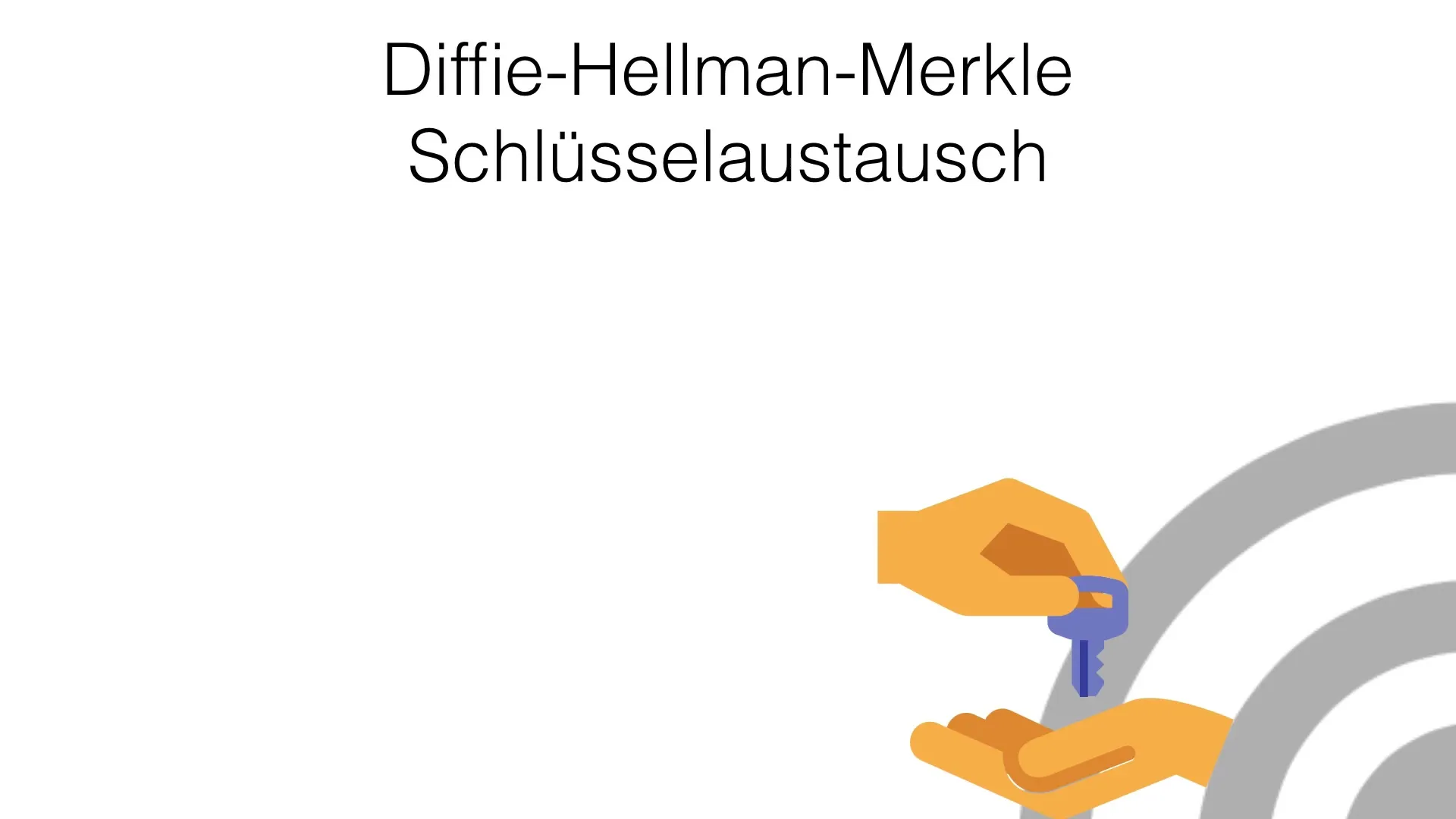The Diffie-Hellman-Merkle-key exchange is a fundamental procedure in cryptography that ensures two parties can exchange a common secret key over an insecure communication medium. In this tutorial, you will familiarize yourself with the key aspects of the procedure and learn how it is applied in practice.
Main Insights
- The Diffie-Hellman key exchange enables secure key agreements.
- It is the first asymmetric cryptosystem.
- Security is based on the difficulty of solving certain mathematical problems.
- Historically significant figures are Ralf Merkel, Whitfield Diffie, and Martin Hellman.
Step-by-Step Guide
The Diffie-Hellman key exchange is one of the advanced concepts in cryptography that requires deeper analysis. Begin with a basic understanding of the procedure and its background.
Additionally, it is important to be familiar with the mathematical foundations. The key exchange uses mathematical one-way functions, which make it easy to compute in one direction while the reverse computation is extremely difficult.

The origins of the procedure date back to the work of Ralf Merkel and the later developments by Whitfield Diffie and Martin Hellman in the 1970s. The fundamental idea is that it is possible to exchange a secret key over public channels without third parties being able to easily determine that key.
The development of the Diffie-Hellman algorithm is considered revolutionary as it solves the problem of key exchange for encrypted data over insecure media.
In generating the key, both parties use two main parameters, usually referred to as a prime number (p) and base (g). These parameters play a crucial role in the calculation of the common key and must be agreed upon in advance.
In the next step, both parties each choose a secret number — let’s call them (a) for the first party and (b) for the second. Each party then calculates a so-called public key.
The first party calculates (A = g^a \mod p) and sends the result to the second party. This party performs a similar step and calculates (B = g^b \mod p) to generate its value.
Once both parties have received the public keys, they can compute the common secret key. This is done by each party using the other party's public key with their own secret number. The first party calculates the value (K = B^a \mod p) and the second party the value (K = A^b \mod p). Both should lead to identical values that can be used as a common secret key.
In conclusion, it is important to understand the security of the Diffie-Hellman procedure. The underlying mathematical problems, such as the discrete logarithm problem, are critical for the procedure to be considered secure. An attacker monitoring the process would find it extremely difficult to reconstruct the secret key.
Trust that this is a basic summary of the Diffie-Hellman-Merkle key exchange procedure. For in-depth information and implementation examples, there are many resources and articles that deal more extensively with the subject.
Summary – Understanding and Setting Up Diffie-Hellman Key Exchange
The Diffie-Hellman-Merkle key exchange is an essential procedure for secure key generation. By applying mathematical concepts, it enables the secure exchange of information over insecure channels.
Frequently Asked Questions
How does the Diffie-Hellman key exchange work?The exchange is based on mathematical principles that allow the generation of a secret key over public channels.
What role do the values (p) and (g) play?(p) is a prime number and (g) is the base, both of which are necessary for the calculation of the common key.
Who are the main figures behind the Diffie-Hellman procedure?The main figures are Ralf Merkel, Whitfield Diffie, and Martin Hellman, who made significant contributions to the development of the procedure.
Why is the Diffie-Hellman key exchange secure?The security is based on the difficulty of solving the discrete logarithm problem, which makes unauthorized access to the secret key extremely complicated.
What are the applications of the Diffie-Hellman key exchange?It is frequently used in VPNs, Secure Sockets Layer (SSL), and other security protocols to secure data transmissions.


